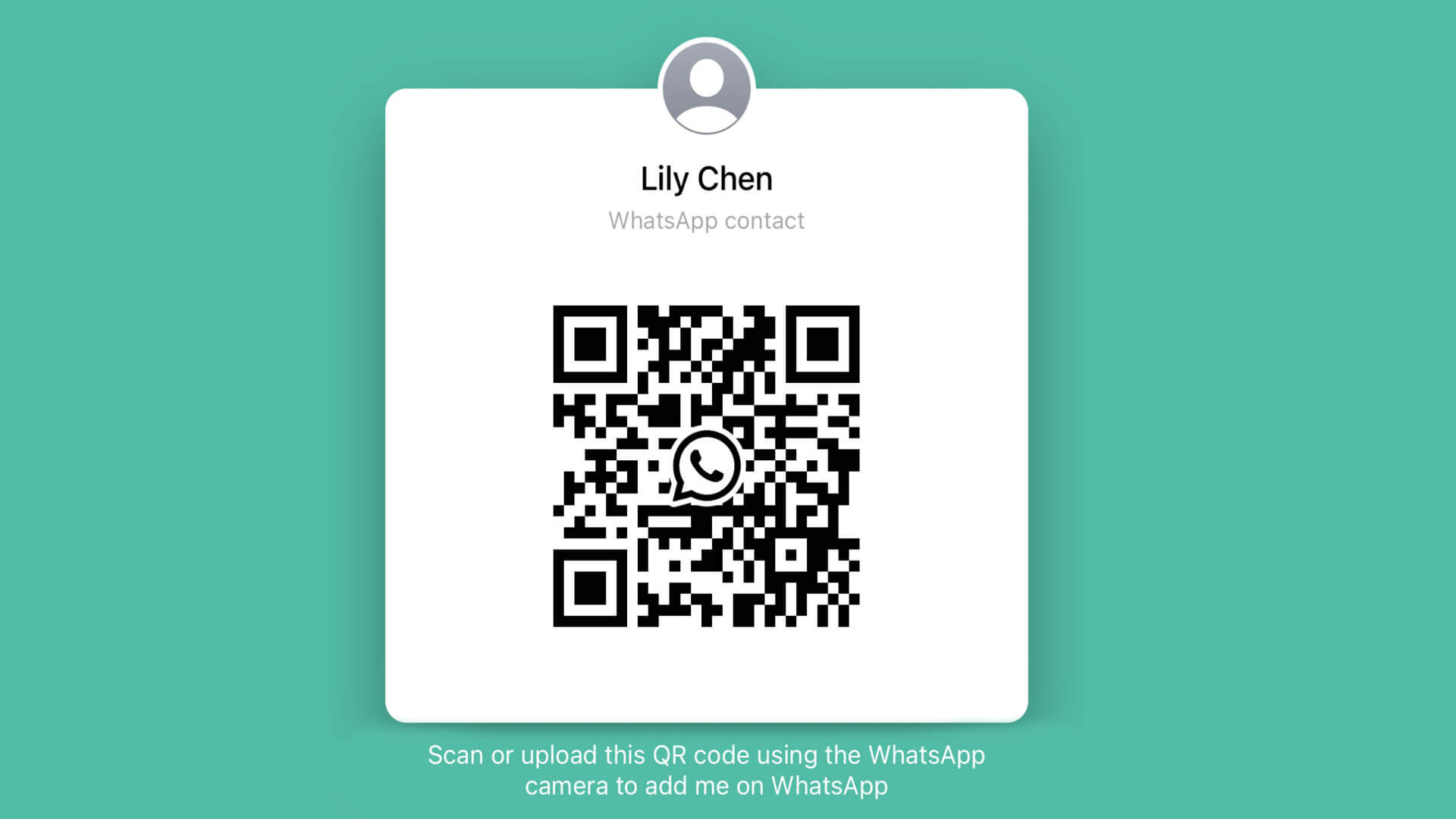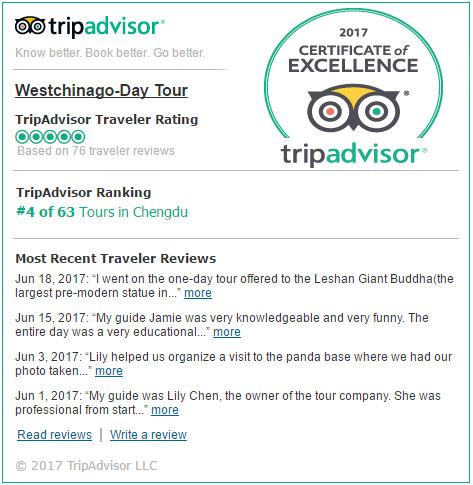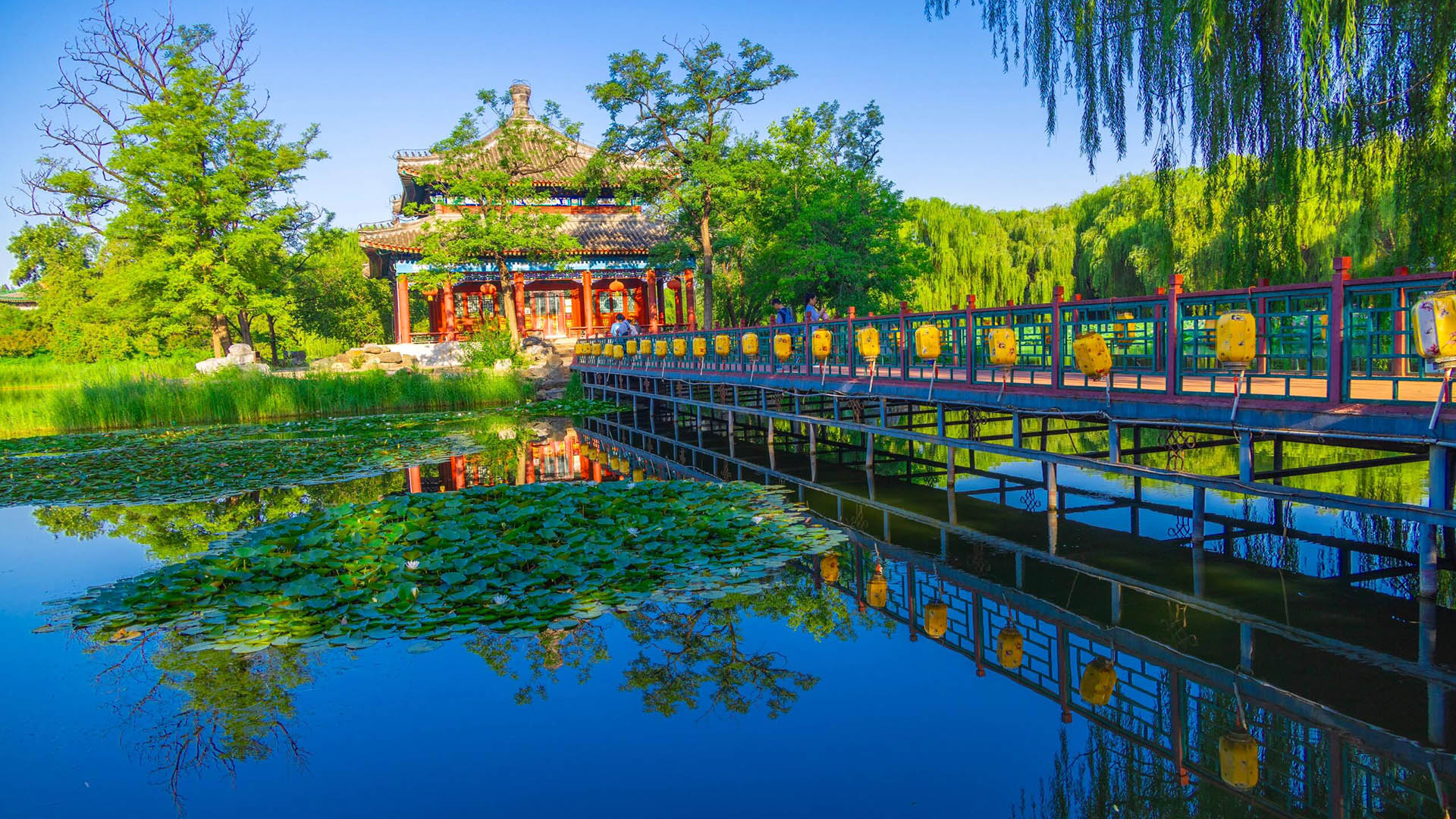
Old Summer Palace
- Chinese name: 圆明园
- Foreign name: Old Summer Palace
- Location: No. 28, Qinghua West Road, Haidian District, Beijing
- Add:北京市海淀区清华西路28号
- Opening hours: 07:00-19:30 throughout the year
- Attraction level: National AAAAA level tourist attraction
- Ticket price: 25 yuan
- Area: about 350 hectares
- Famous attractions: Dashuifa, Western Building Ruins, Fanghu Scenic Spot
- Category: History Museum,
- The first builder of the art museum: Aixinjueluo·Xuanye (Kangxi)
- Burning time: October 18, 1860
- Expansion period: Yongzheng, Qianlong, Jiaqing, Daoguang period
- Official website: http://www.yuanmingyuanpark.cn/
- Phone: 010-62628501
- Virtual Tour: https://v.visitbeijing.com.cn/pano/22_1/index.html
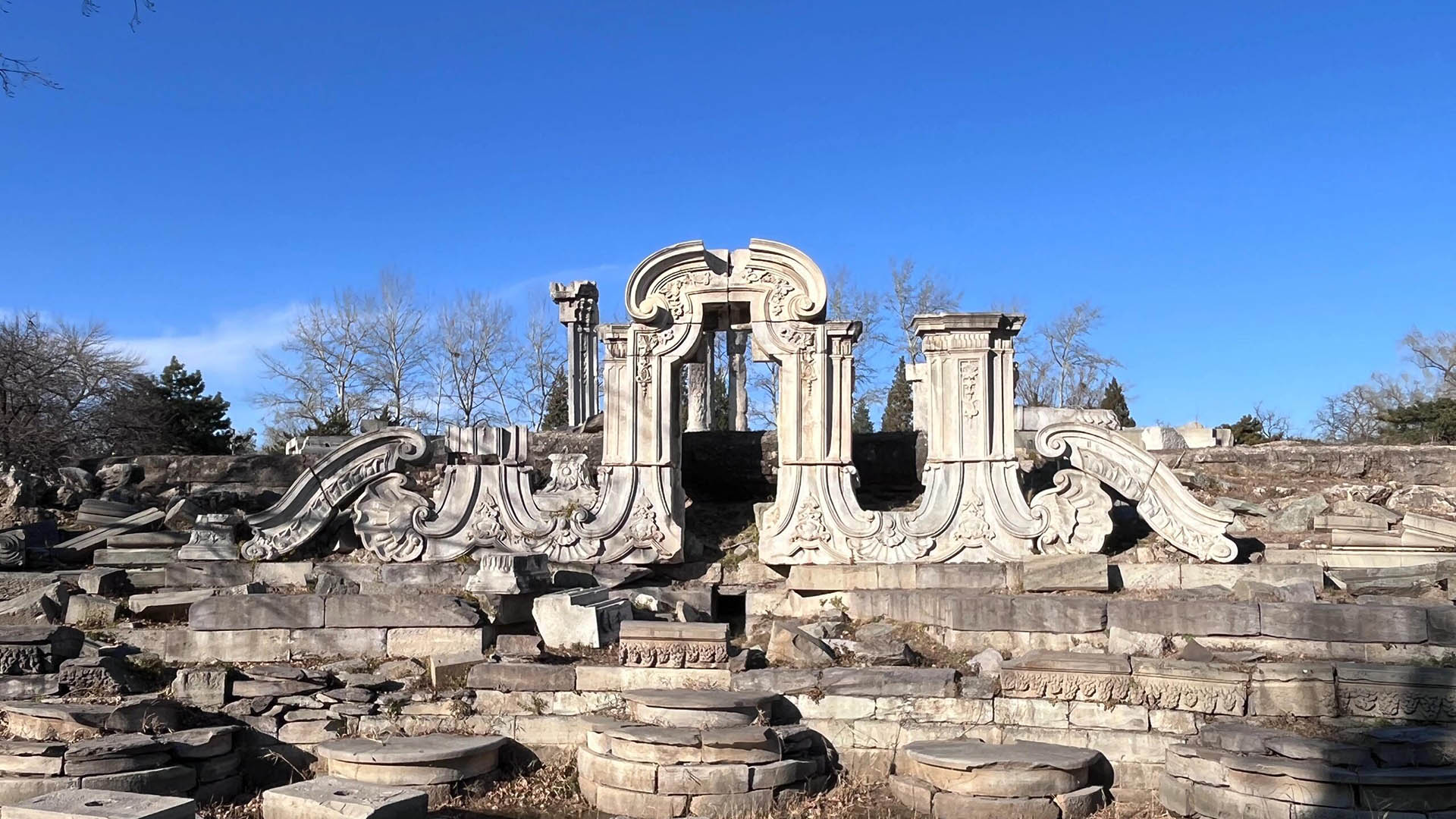
Old Summer Palace
Discover the Elegance and Tragedy of Beijing’s Old Summer Palace
The Old Summer Palace, or Yuanmingyuan, is a place of unparalleled beauty and profound history. Located in the northwestern part of Beijing, this sprawling imperial garden once symbolized the pinnacle of Chinese artistry and culture. Today, its ruins stand as a poignant reminder of its former grandeur, offering visitors a unique blend of awe and reflection.
A Masterpiece of Garden Design
Built during the Qing Dynasty, Yuanmingyuan was a vast complex of palaces, lakes, and gardens, celebrated as the “Garden of Gardens.” Its design incorporated traditional Chinese landscaping alongside Western architectural influences, creating a harmonious blend of styles rarely seen elsewhere.
Highlights of Yuanmingyuan
- The European-style Ruins: Marvel at the striking remnants of the Western-style stone buildings, including the iconic “Great Fountain Ruins.”
- Picturesque Lakes and Pavilions: Stroll along serene pathways surrounded by lush greenery and tranquil water features.
- Cultural Insights: Learn about the garden’s tragic destruction during the Second Opium War and its historical significance in Chinese culture.
Why Visit the Old Summer Palace?
A visit to Yuanmingyuan is both inspiring and educational. It provides a window into the opulent lifestyle of China’s emperors and the sophisticated artistry of imperial China. At the same time, the site tells a powerful story of resilience and national pride. Exploring its peaceful grounds, visitors can reflect on the interplay between beauty and history while enjoying a serene escape from the city.
Don’t miss the chance to uncover the layered legacy of the Old Summer Palace. It’s a destination that leaves a lasting impression on anyone who steps into its storied past.
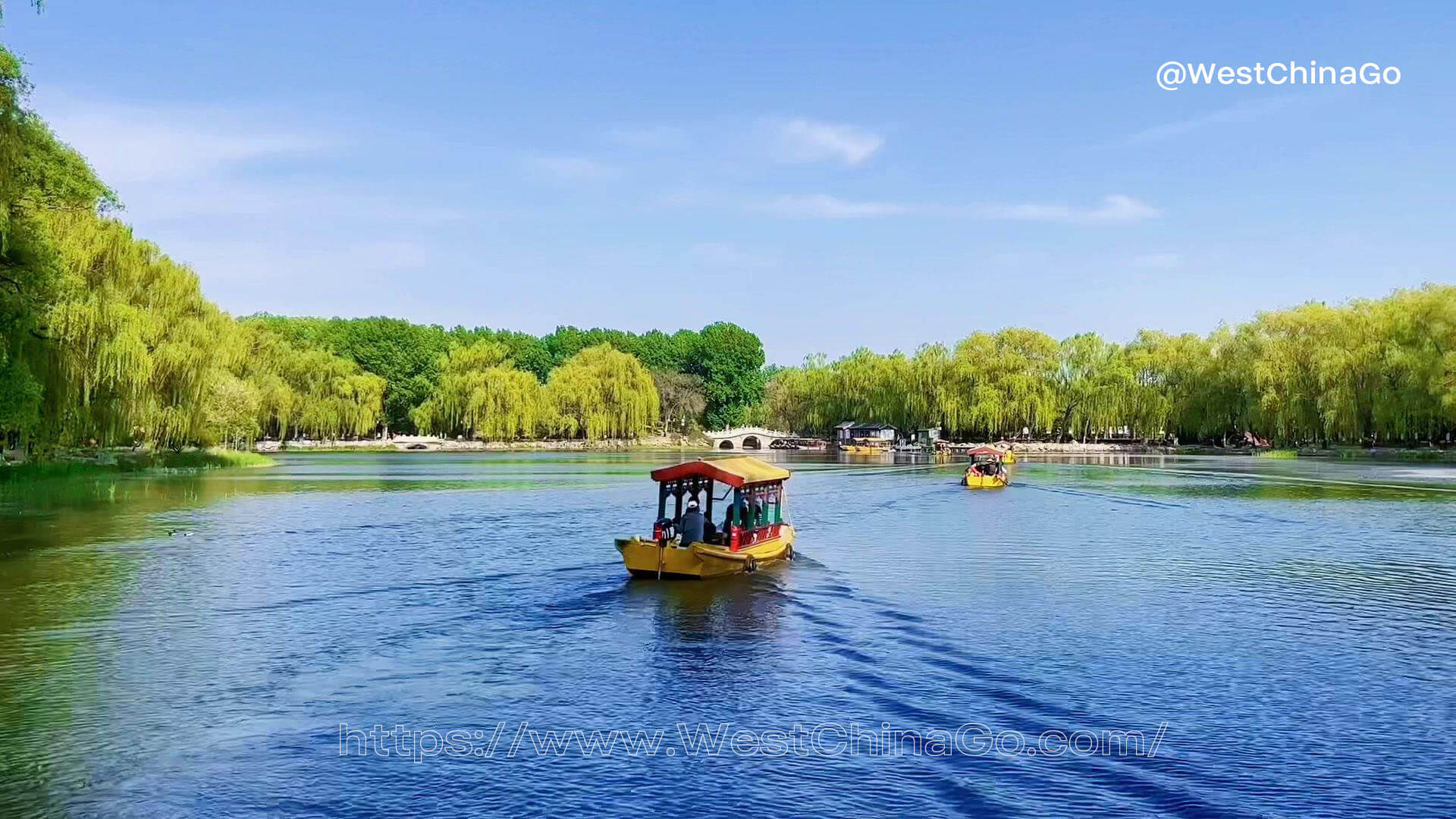
Old Summer Palace Tourist Map
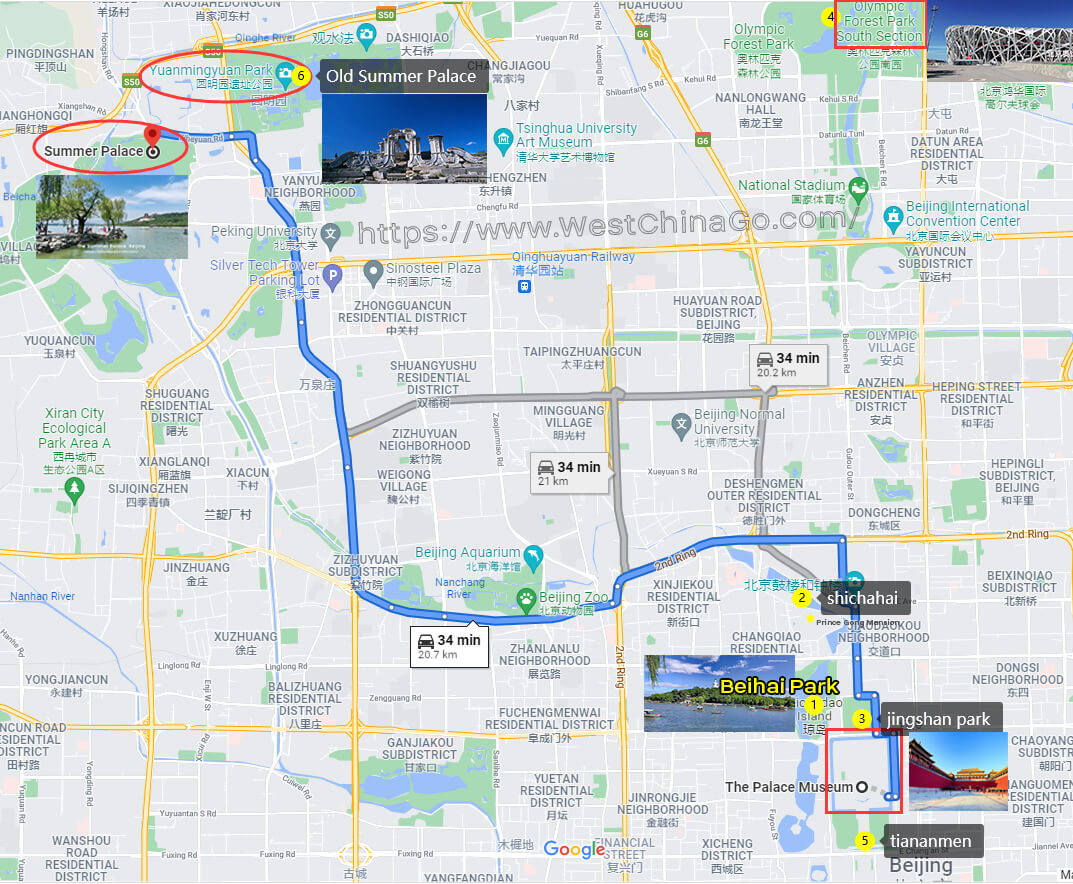

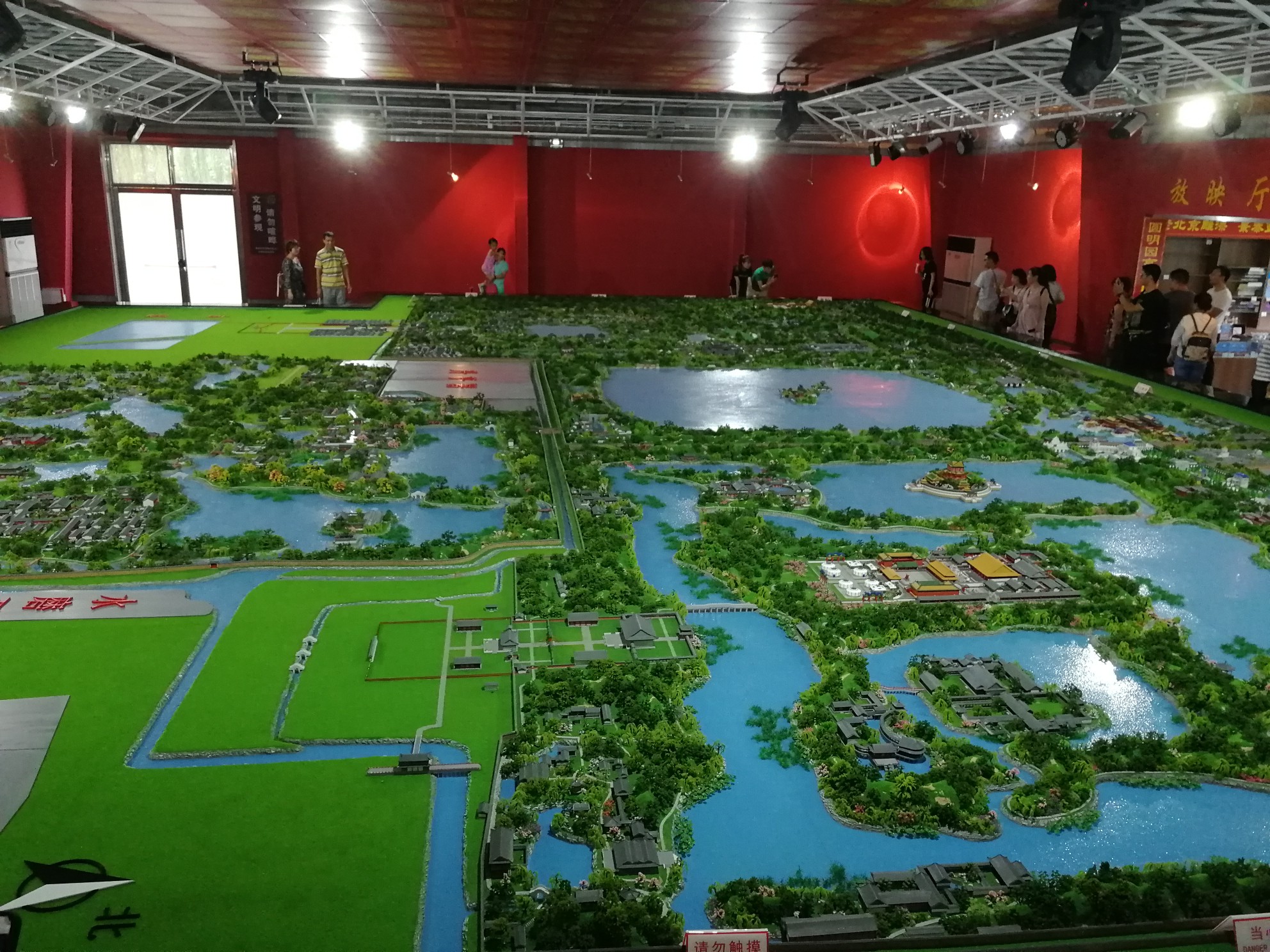
Old Summer Palace Photo
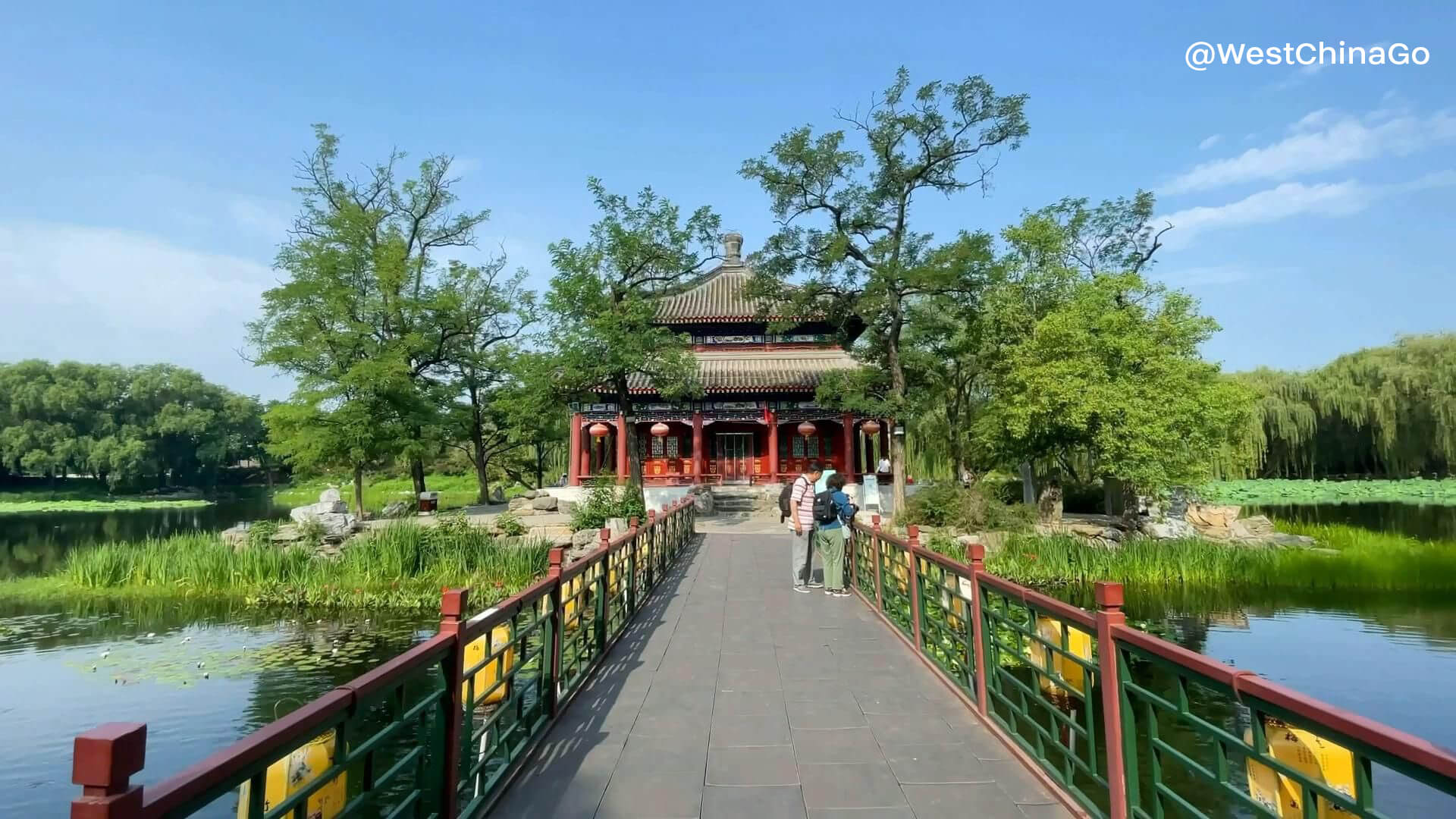
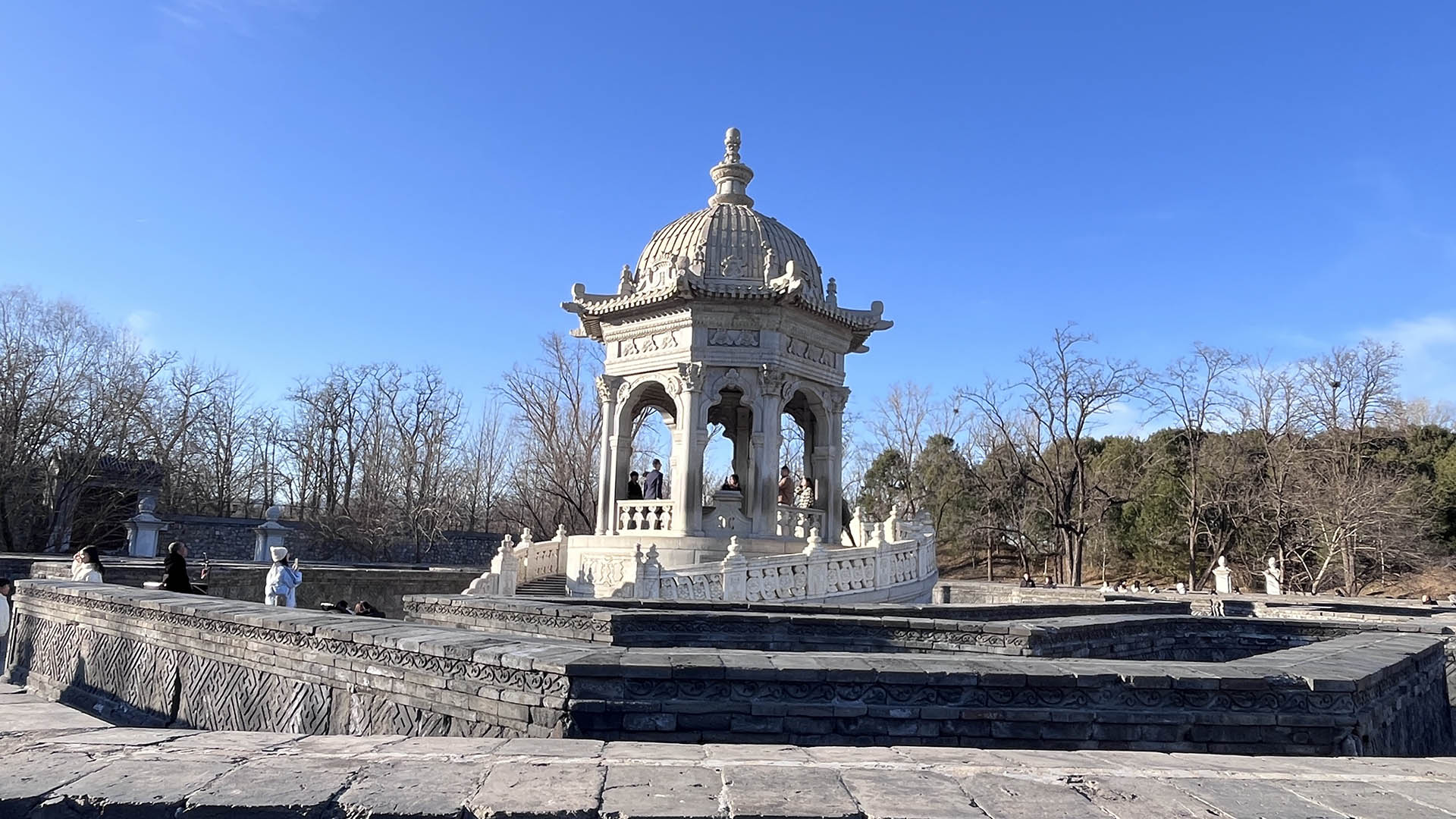
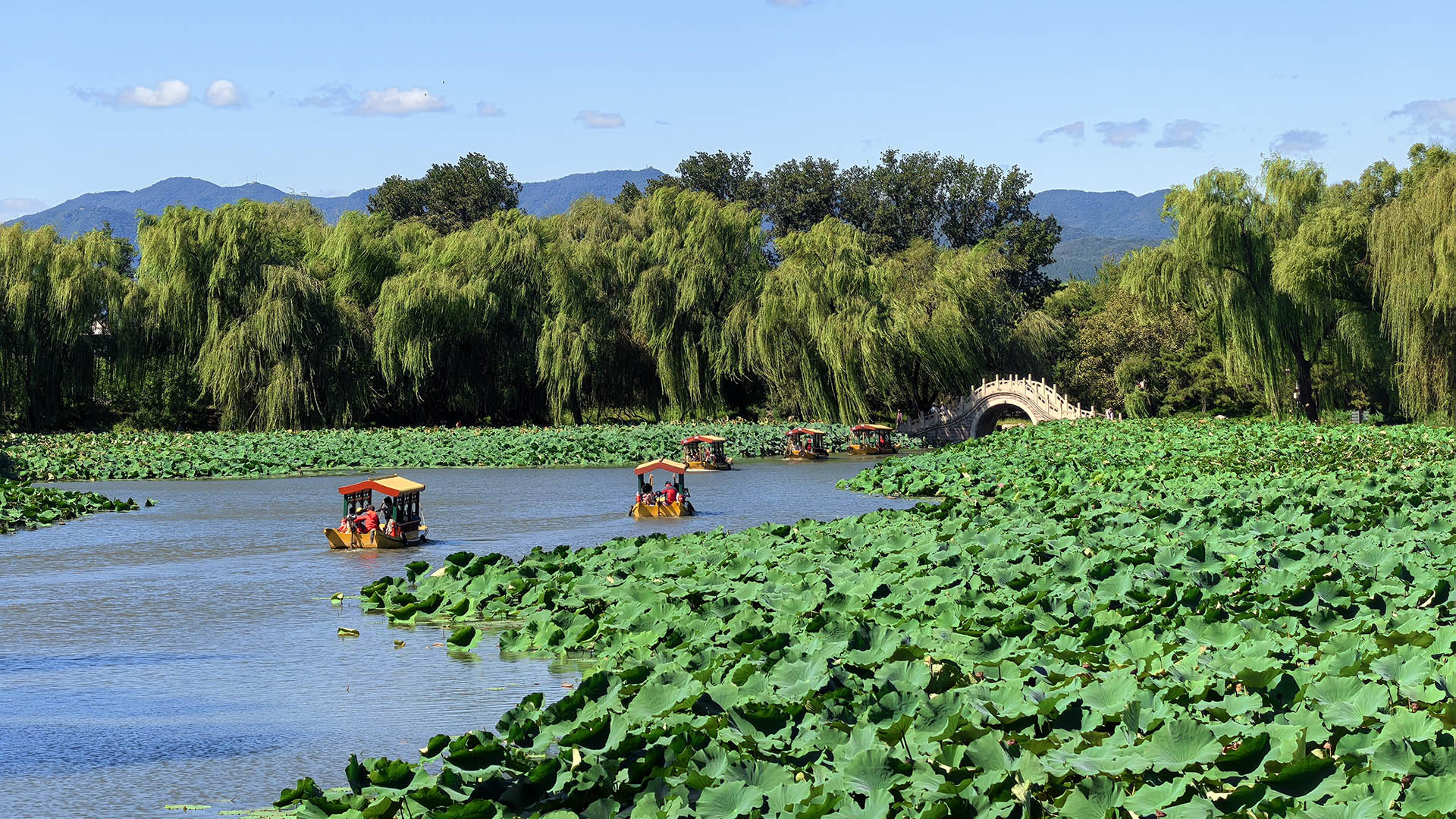
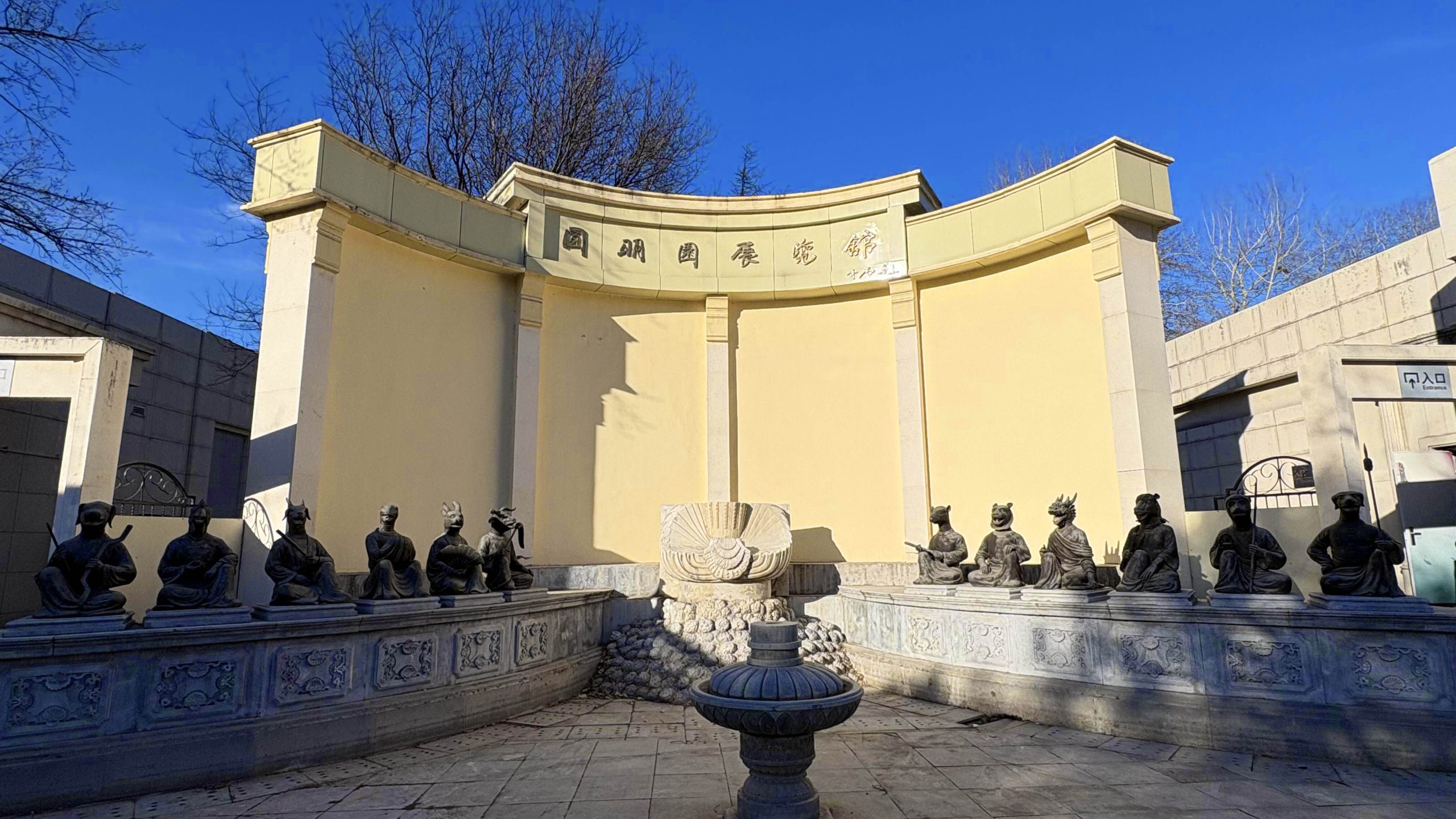
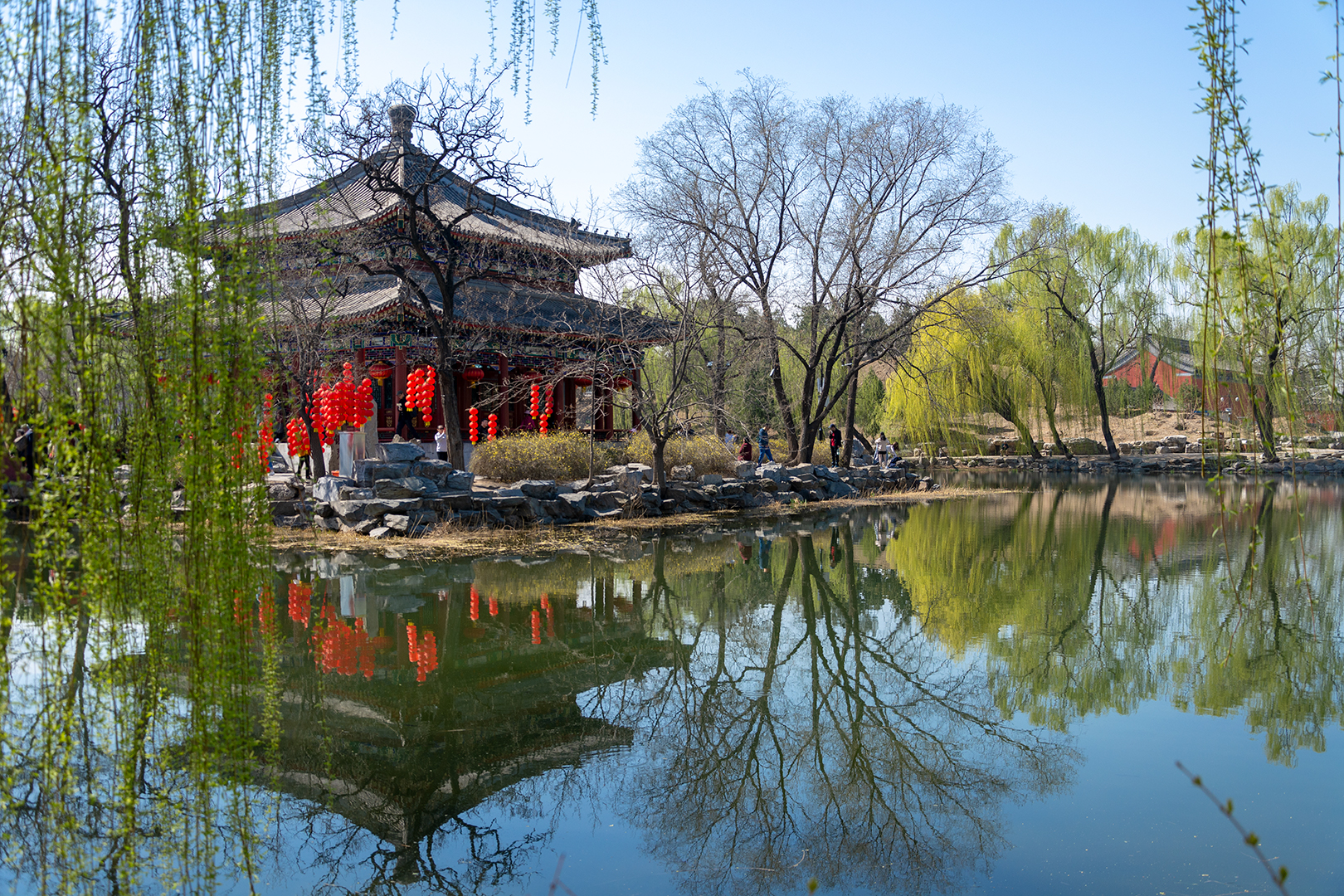
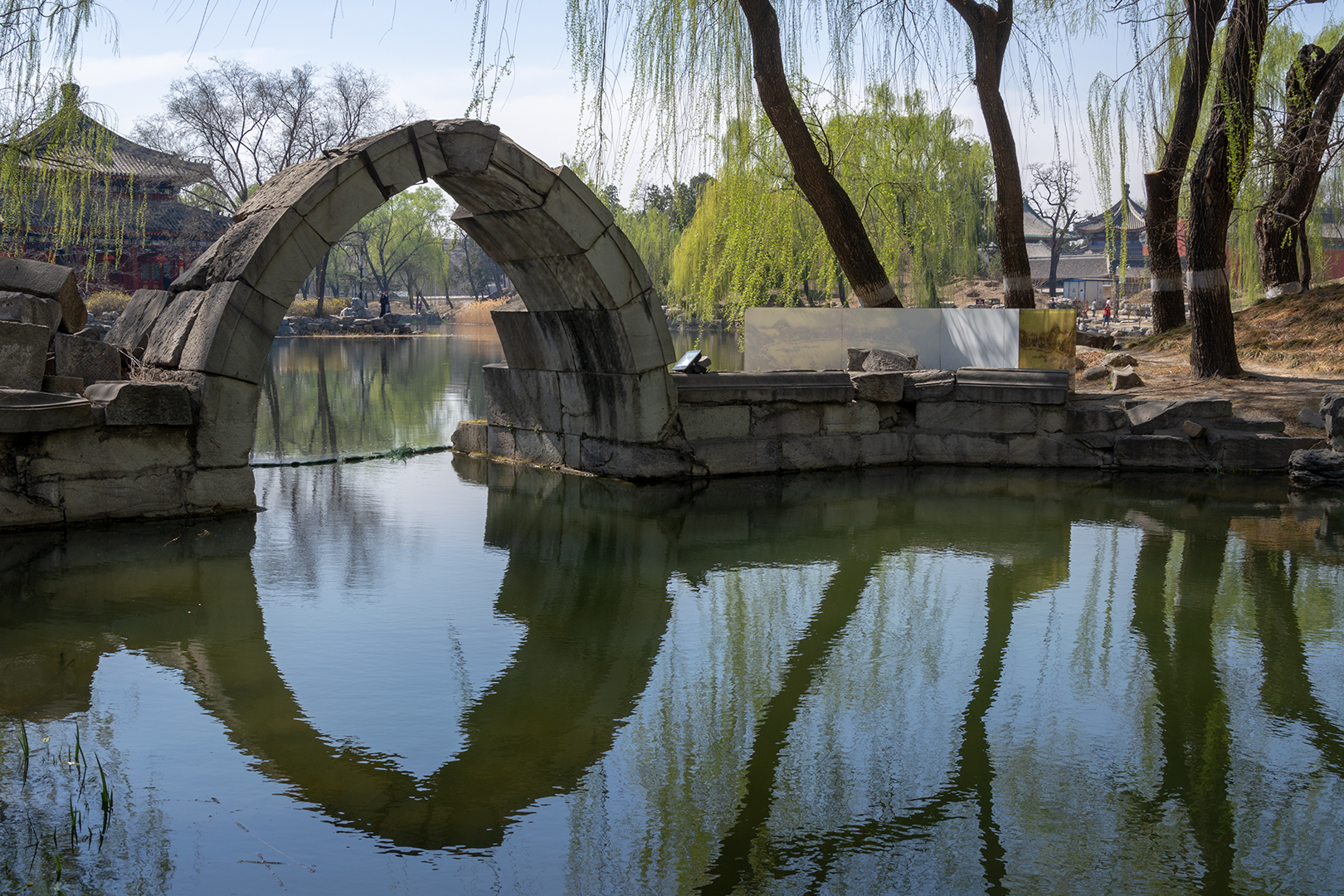
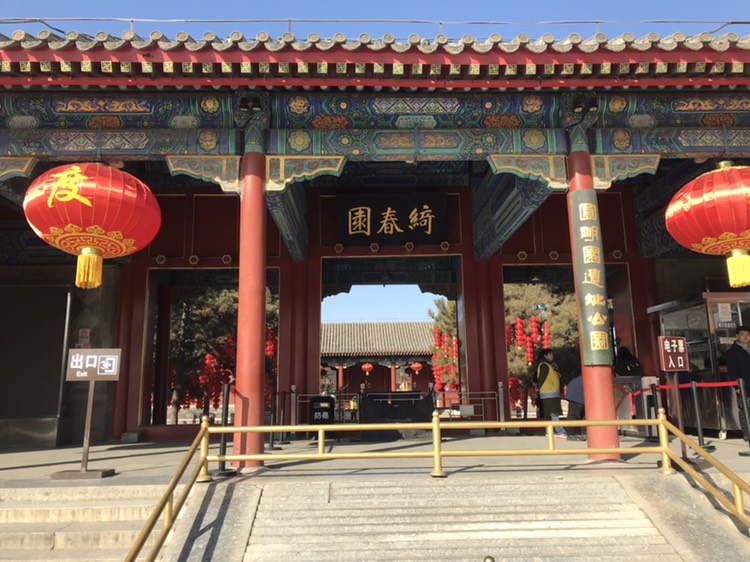
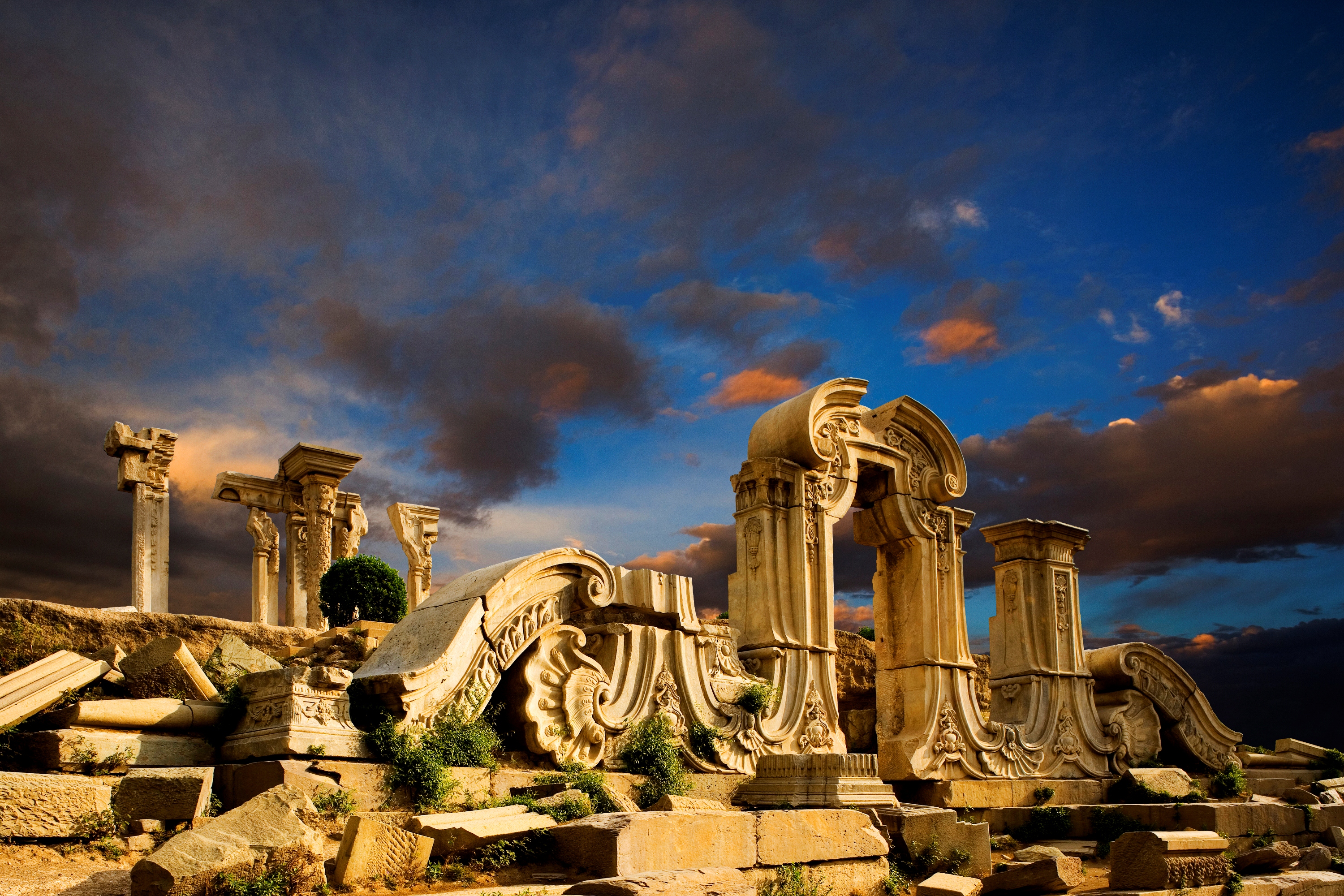
Old Summer Palace Video
Old Summer Palace Travel Guide
- There is a battery car in the park. The reference fare is 8-15 yuan for a one-way trip. The specific route and operating time can be found on the official website of the scenic spot.
- There is an audio guide rental office in the park (East Gate of Changchun Garden, Palace Gate of Qichun Garden), which can be divided into 20 yuan and 40 yuan according to the language (a deposit of 200 yuan).
- A tour guide can also be hired in the park, and the reservation phone is 010-62628501.
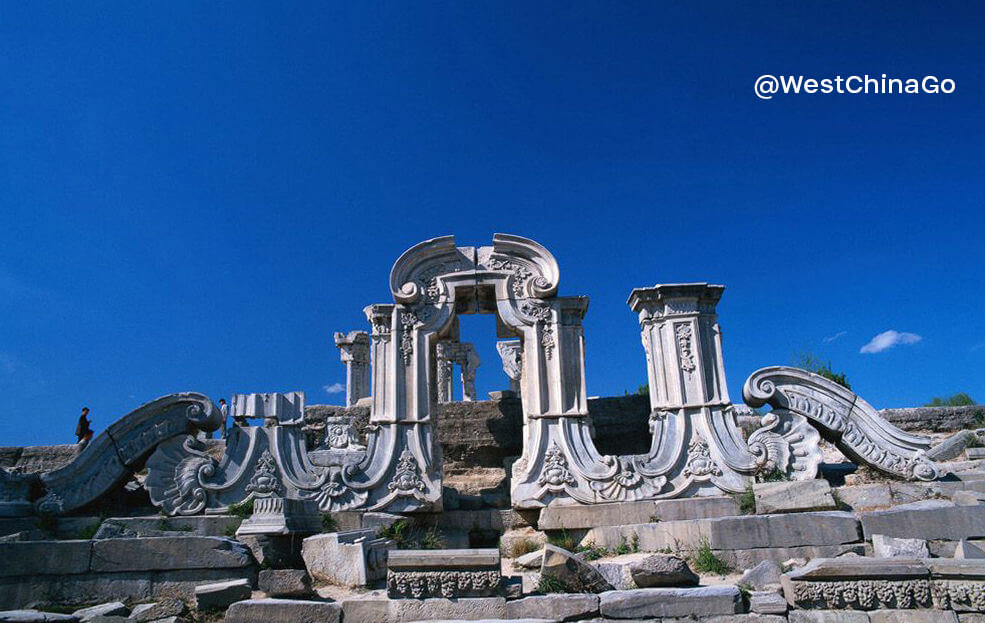
How To Get To Old Summer Palace
By Taxi
from downdown to Old Summer Palace, expense is about 50-100 rmb
Practical Chinese:for taxi driver pls take us to BeiJing Old Summer Palace 请载我们到圆明园
